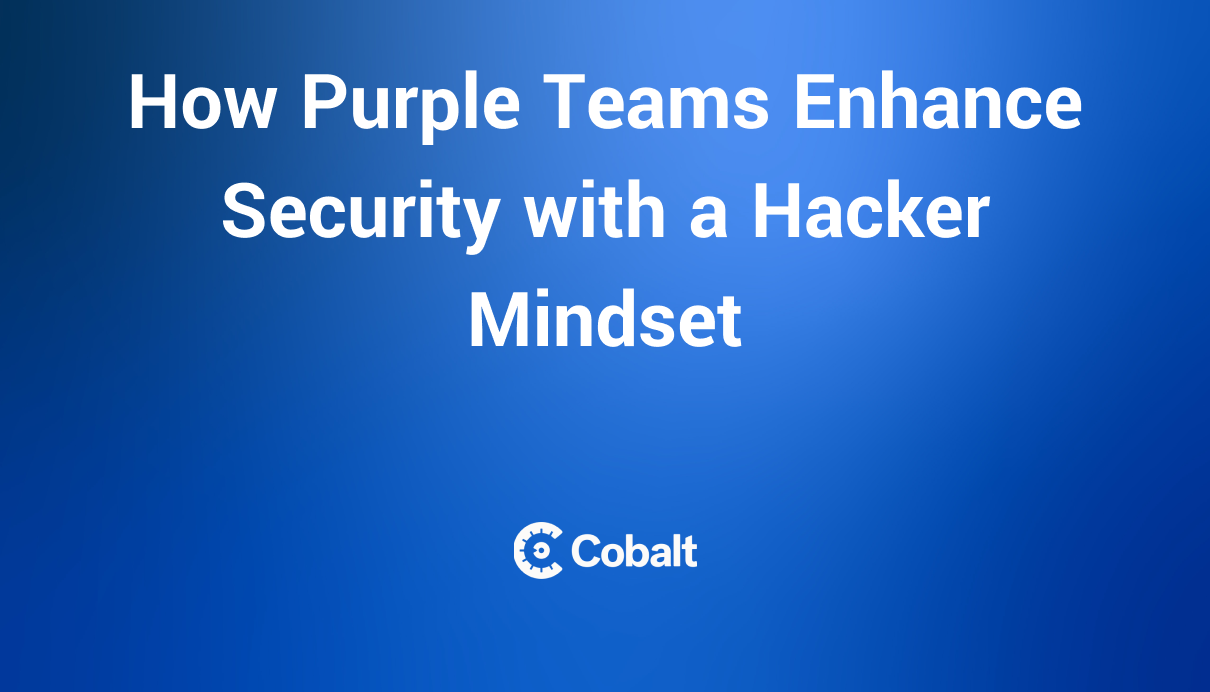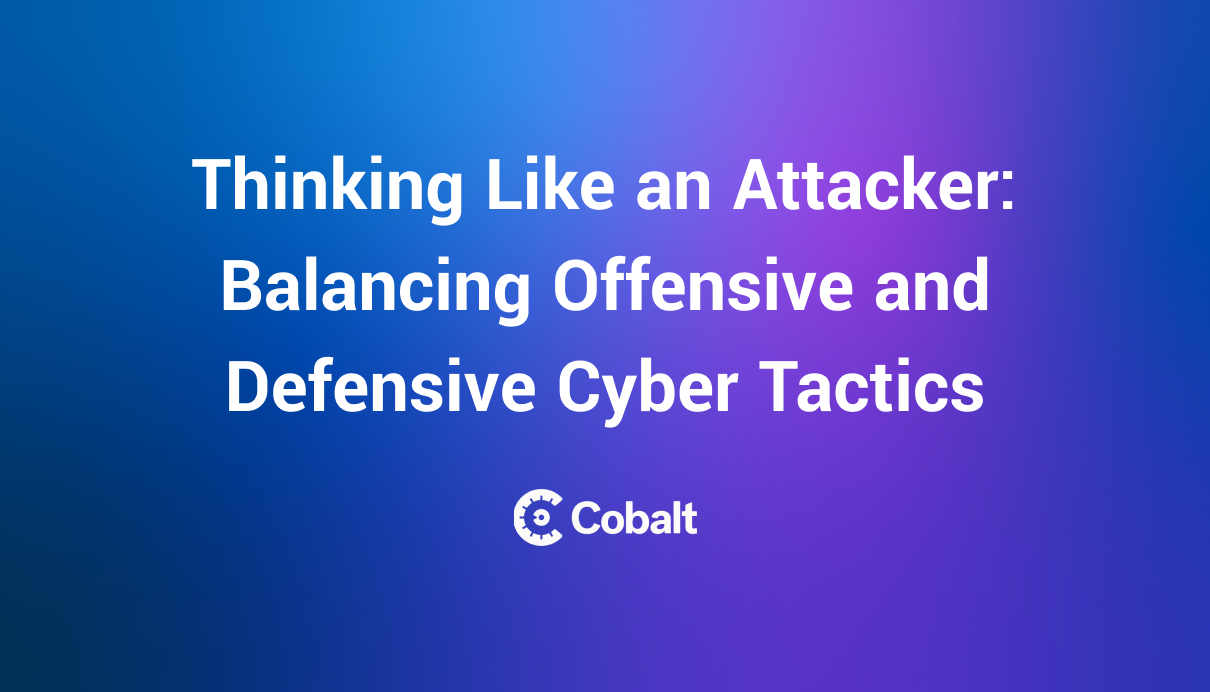Organizations of all types are increasing efforts to protect against cybercrime, reduce their attack surface, and mitigate any vulnerabilities across their IT environments. Security hardening is a series of processes that help to protect an organization from a data breach or unauthorized network access.
This article will provide a detailed overview of security hardening, including what it entails, the techniques used, and the overall benefits.
What Is the Hardening Process in Security?
The security hardening process involves organizations looking at ways to reduce the number of vulnerabilities in their IT networks and digital environments. By doing so, security teams stand a better chance of preventing cyberattacks and data breaches.
Security hardening is an ongoing activity as a business’s IT department and security team must constantly monitor and assess network activity, user behaviors, and developments in the cybersecurity world to protect their digital assets. As cyberattacks evolve and become more sophisticated, so must security professionals by embracing new methodologies and technology.
To ensure comprehensive security hardening that protects everything from critical infrastructure to email clients, you must utilize a range of tools, techniques, and processes.
The main areas that require security hardening are:
- Applications
- Operating Systems
- Servers
- Databases
- Networks
- Endpoints
What Are the Basic Security Hardening Techniques?
A wide number of activities could take place during a security hardening project, requiring a systematic approach that follows best practices and meticulous planning.
To initiate any security activities, audit the full IT environment to identify, mitigate, and monitor weaknesses. Penetration testing often achieves this by simulating a real-life cyberattack, testing all network areas to discover previously unknown vulnerabilities and checking for any known vulnerabilities listed in the Common Vulnerabilities and Exposures (CVE) database.
One basic method that can significantly reduce a network’s attack surface is removing assets deemed superfluous. These assets can include software applications, user accounts (including their access and permissions), and unused ports. Overlooking these redundant assets can provide threat actors with opportunities to employ methods such as password cracking or injection attacks.
Security hardening should take place from the initial installation through to configuration, the maintenance and support stages, and decommissioning, covering the full lifecycle of a digital asset.
Most security hardening assignments follow set guidelines and principles. However, certain tools and methods may be more applicable to specific scenarios. Therefore, it is important to devise an individual strategy that follows a strict policy for each organization.
How To Harden a System: Common Security Hardening Techniques
There are several techniques that make up a security hardening strategy, each as crucial as the next. This section outlines seven common security hardening techniques to consider when protecting an organization and its assets.
1. Password Management
Weak passwords are one of the most exploited vulnerabilities, and it may only take one cracked password to put the entire network at risk. When managing passwords, start by checking for default passwords that password-cracking software can easily guess. Any default passwords that are detected should be reset to stronger passwords.
Hard-coded passwords and log-in credentials stored in plain text files also need to be encrypted using a hashing algorithm, so any attacker with unauthorized access cannot obtain any current passwords easily.
2. Assessing User Privileges
Review access control and assess user privileges to grant users only the necessary access levels, especially in cloud environments. The best way to do this is by using the Principle of Least Privilege, an IT concept that only allows employees access to specific data, resources, and applications they need to fulfill their roles and nothing more.
The downside is additional administration in the form of more access requests, but this is a minor issue compared to a potential data breach.
3. Training the Workforce
Provide regular training to all employees and even clients for businesses offering online services to their customers. Training can involve educating individuals about the latest threats and scams, as well as providing documentation on best practices to follow when accessing the internet or company network.
Up to 95% of all data breaches result from human error, making employee training a crucial aspect of cybersecurity.
4. Automated Updates and Patching
Updating software and firmware is unfeasible for almost all organizations, as even small businesses rely on a large number of applications and devices to operate successfully. That's why you need automated updates and patches to prevent the exploitation of any zero-day vulnerabilities.
5. Data Transfer Protection
Network traffic and data that lacks proper encryption or has no encryption at all can make the life of a cybercriminal very easy. Without encryption, attackers can use technology like listening software to steal sensitive data and information such as passwords or financial details to commit fraud.
When hardening security, organizations must conduct a comprehensive assessment of data storage and sharing, including evaluating the security of collaboration software.
6. Checking for Misconfigurations
Misconfigurations are sometimes easy to overlook, with poorly configured servers, routers, switches, firewalls, BIOS, and ports all presenting considerable risk. Modern IT environments that use cloud technology or a hybrid model can be very complex, increasing the likelihood of misconfigurations. That's why you must carry out regular audits to ensure the correct setup of all areas within the network.
7. Auditing and Maintaining Records
Documentation is vital for optimal system security, but this part of the security hardening process does not always receive the necessary attention. Regular auditing and record-keeping help security teams keep track of all assets and their current status while keeping records of unusual behavior is good practice for monitoring potentially dangerous situations.
These records can help to improve intelligence within an organization which can then be used to develop more effective responses to incidents and breaches.
Conclusion: The Benefits of the Security Hardening Process
The three key benefits of security hardening are:
- Better security - An obvious benefit is that an organization’s attack surface can be significantly reduced, and potential exploits can be guarded against.
- Better functionality - Removing redundant programs and users helps to make networks more functional and easier to manage.
- Better auditing and compliance - Regular auditing and network management make the digital environment less complex and more transparent, helping organizations comply with regulatory requirements.
Interested to learn how Cobalt helps companies harden their security? Explore more with an overview of our security solutions.
FAQ
What Is the Difference Between a Firewall and a Gateway?
A gateway connects two separate networks, thus allowing users to communicate with several networks. Meanwhile, a firewall helps to secure the network by only allowing data packets that are deemed safe to move through it.
What Are Examples of Security Hardening?
Examples of security hardening can include:
- Better user account control (UAC)
- The installation of a firewall and antivirus software
- Improved password management
- Creating a specified boot sequence
- Monitor and record any unusual behavior flagged by monitoring software.
- There are many variations of security hardening such as database hardening, network hardening, server hardening, application hardening, and more.










